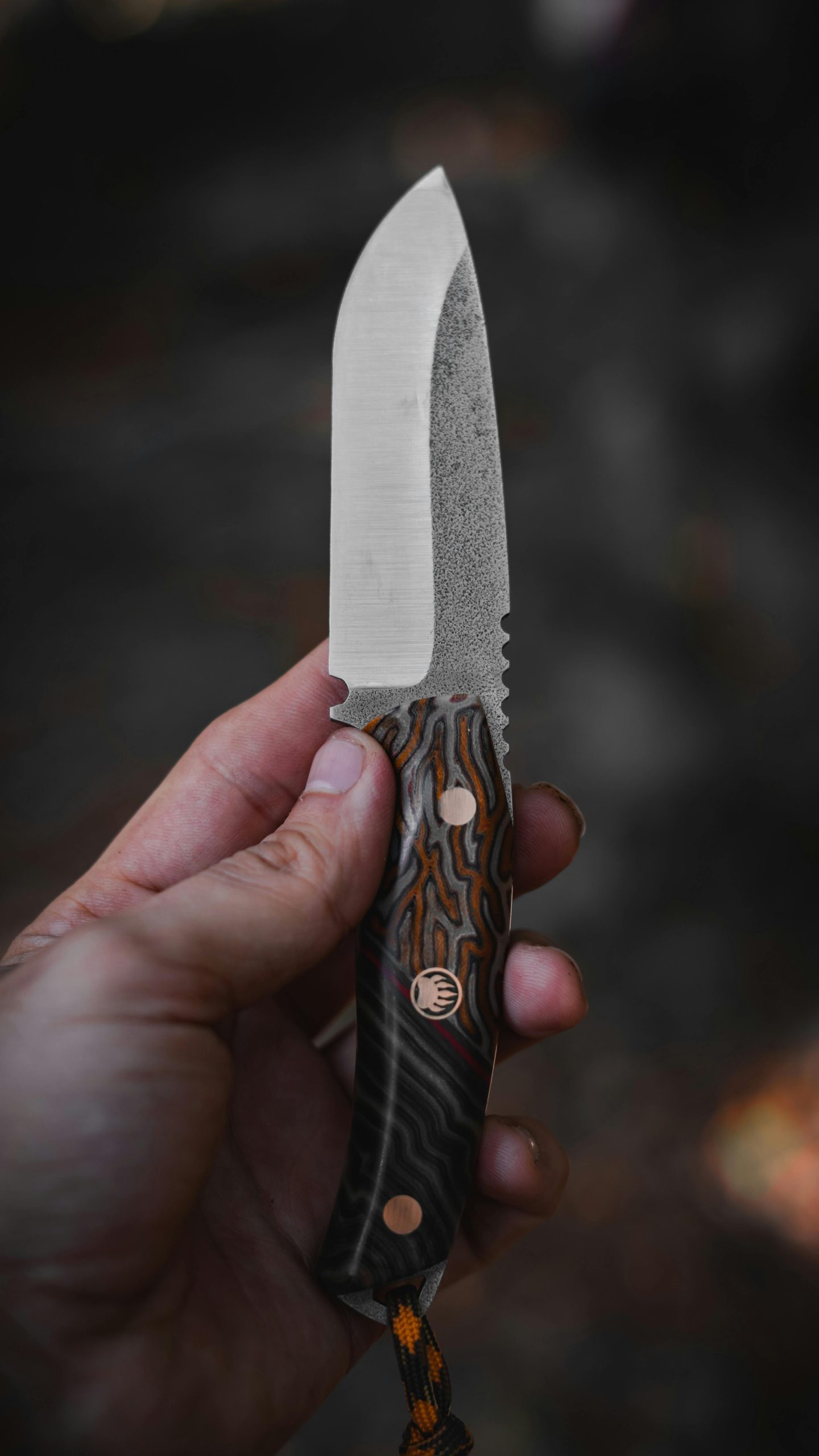Supreme Judicial Court Holds That a Switchblade is Protected Under the Second Amendment
 As we recently wrote, states’ firearms regulations have faced legal challenges across the country since the Supreme Court’s 2022 decision in New York State Rifle & Pistol Association, Inc. v. Bruen, which held that individuals have a Second Amendment right to carry a handgun in public for self-defense. But how does Bruen affect regulations of other weapons besides firearms? Last week, the Supreme Judicial Court (SJC) held that its logic governed whether a switchblade qualifies as an “arm” under the Second Amendment. In Commonwealth v. Canjura, the defendant challenged the Massachusetts switchblade ban. Massachusetts General Laws Chapter 269, § 10(b) outlawed switchblade knives, defined as knives with a spring release device, as well as several other dangerous weapons. Violations of the statute are punishable by up to five years in state prison. In Canjura, the SJC held that the ban violated the Second Amendment under the two-part test the United States Supreme Court set out in Bruen. That means the switchblade band is no longer enforceable.
As we recently wrote, states’ firearms regulations have faced legal challenges across the country since the Supreme Court’s 2022 decision in New York State Rifle & Pistol Association, Inc. v. Bruen, which held that individuals have a Second Amendment right to carry a handgun in public for self-defense. But how does Bruen affect regulations of other weapons besides firearms? Last week, the Supreme Judicial Court (SJC) held that its logic governed whether a switchblade qualifies as an “arm” under the Second Amendment. In Commonwealth v. Canjura, the defendant challenged the Massachusetts switchblade ban. Massachusetts General Laws Chapter 269, § 10(b) outlawed switchblade knives, defined as knives with a spring release device, as well as several other dangerous weapons. Violations of the statute are punishable by up to five years in state prison. In Canjura, the SJC held that the ban violated the Second Amendment under the two-part test the United States Supreme Court set out in Bruen. That means the switchblade band is no longer enforceable.
What is the Bruen test?
Under Bruen, the party challenging a weapons regulation must first show that their conduct falls within the plain text of the Second Amendment and is therefore presumptively protected. If the conduct is protected, the burden then shifts to the government to show that its regulation is “consistent with the Nation’s historical tradition of [weapons] regulation.”
Are switchblades “bearable arms”?
To answer the first question, the SJC followed the methodology employed by the U.S. Supreme Court in District of Columbia v. Heller. The SJC looked to “constitutional text and history” to determine whether a switchblade would have been considered a “bearable arm” at the time of the founding. The Court canvassed historical cases and texts and determined that knives were “ubiquitous” in the Eighteenth Century and were used for “self-defense, hunting, and trapping.” Given that the historical record revealed those uses, the Court concluded that folding pocketknives such as switchblades “were commonly possessed by law-abiding citizens for lawful purposes around the time of the founding,” and thus met the definition of a “bearable arm” under the Second Amendment. That conclusion triggered a presumption that carrying a switchblade is protected by the Second Amendment.
Did the switchblade ban align with the nation’s historical tradition of arms regulation?
In step two of the Bruen analysis, the government must justify the regulation by showing that it aligns with the historical tradition of weapons regulation in the United States. The Canjura court held that the Commonwealth had failed to do so. The Commonwealth attempted to meet its burden by pointing to a trio of historical court cases upholding bans on knives. The SJC rejected these examples, reasoning that the Commonwealth had failed to point to “analogous regulations enacted close in time to the ratification of either the Second Amendment in 1791 or the Fourteenth Amendment in 1868,” and that none of the cases the Commonwealth cited “involved regulations of folding pocketknives, let alone switchblades.” The Court acknowledged that the Commonwealth did not have to identify a “historical twin” and could merely point to an “analogue.” But the Court still held that the cases the Commonwealth did rely on were not close enough and concluded that the Commonwealth had not met its burden.
Is there a Bruen step 3?
After analyzing the two parts of the Bruen test, the SJC in Canjura addressed the Commonwealth’s argument that Bruen should not apply to switchblades because they are “not in common use” today for self-defense. In Bruen, the Supreme Court explained that “the Second Amendment protects only the carrying of weapons that are . . . ‘in common use at the time,’” of the nation’s founding as opposed to “dangerous and unusual weapons.” The SJC canvassed state laws and found that only a minority outlawed switchblades. From that record, the Court inferred that switchblades were a common tool and not considered dangerous. Thus, in Canjura, the Court rejected this means to avoid the Bruen presumption. It remains to be seen if in a future case the Commonwealth is successful in making this argument. If so, it may be that Massachusetts courts undertake an additional step prior to engaging in the Bruen analysis – whether the weapon in question is in common use. enunciates a third step.
What facts does the court need for a post-Bruen challenge?
After Bruen and Canjura, it remains an open question what facts might allow the Commonwealth to survive a Bruen challenge. What is clear that, to show that a statute aligns with the historical tradition of weapons regulation, the analogy has to be tighter than just pointing to regulation of a similar class of “arm.”
If you or someone you know is facing weapons charges, fill out our online intake form or call us at (617) 742-6020 to be connected with one of our criminal defense lawyers.
 Boston Lawyer Blog
Boston Lawyer Blog







